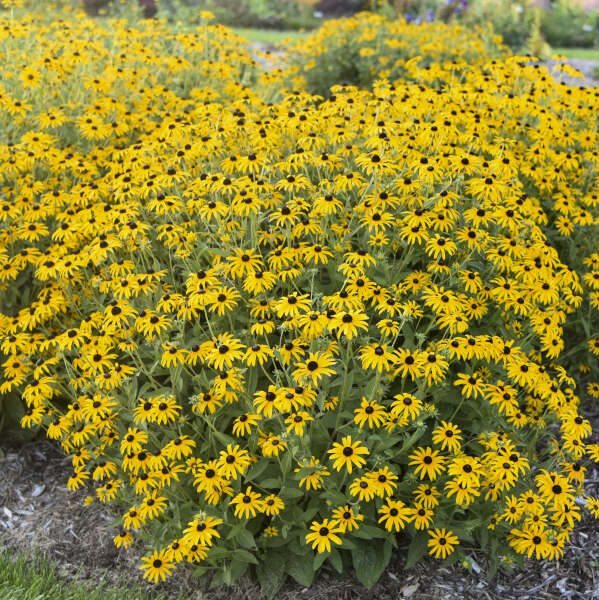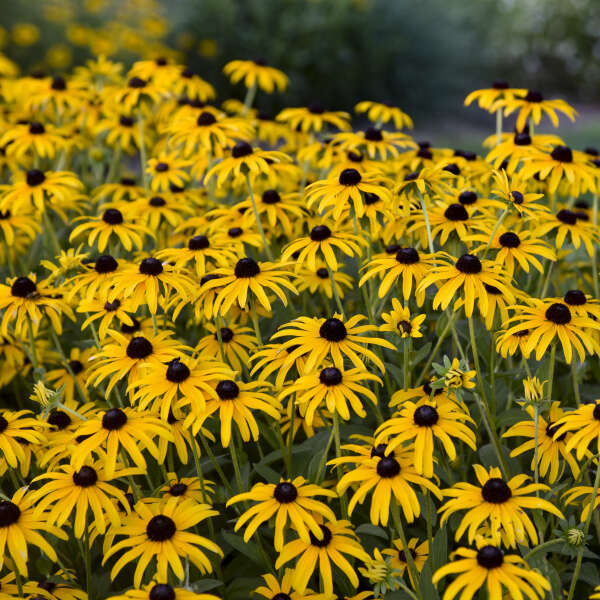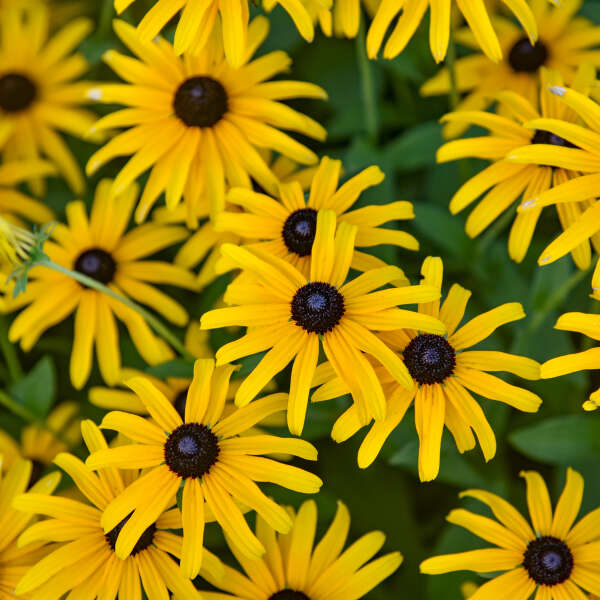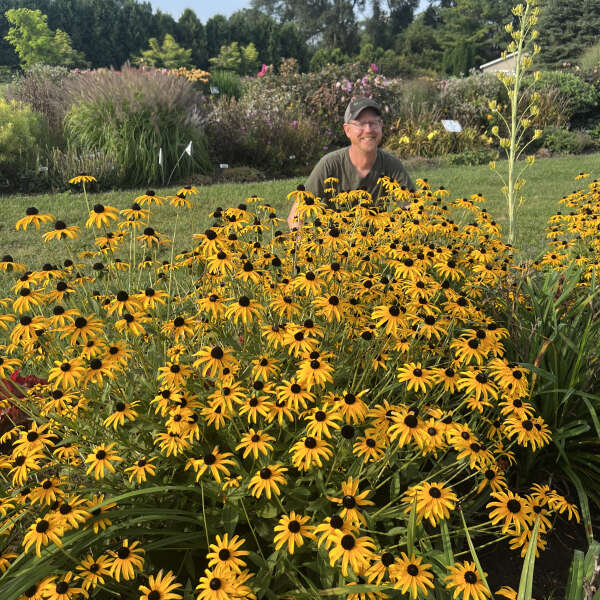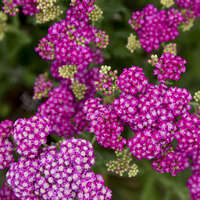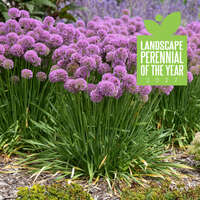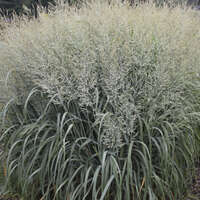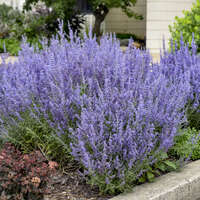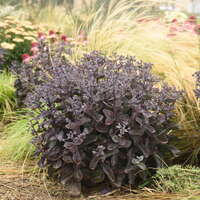Rudbeckia 'Treasure Trove' CPBRAF PP36594
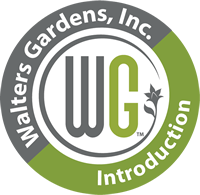

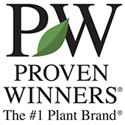
Common Name: Black-Eyed Susan
A new treasure to have your garden glittering with golden color! Large golden yellow star-shaped flowers completely cover the habit with well-branched stems prolonging bloom. This vigorous selection abounds not only with flowers but foliage as well. A robust clump of foliage with large leaves ensures longevity in the landscape. Crucially, the leaves are highly resistant to Septoria leaf spot with no damage through six years of trials.
Rudbeckia, commonly known as Black-eyed Susan, is a genus of vibrant, daisy-like perennials featuring bright yellow petals and distinctive dark brown centers. Native to North America, these hardy plants thrive in full sun and can tolerate partial shade. They are known for attracting pollinators such as bees, butterflies, and birds. Rudbeckia is an excellent choice for wildflower gardens, borders, and butterfly gardens, and its cheerful blooms make stunning cut flowers. With its resilience and low maintenance needs, Rudbeckia add lasting color and ecological value to any garden.
30ct Plug Tray |
72ct Plug Tray |
